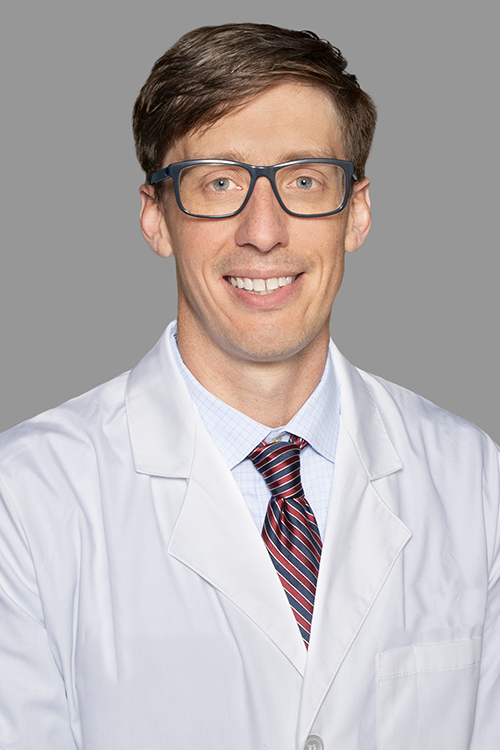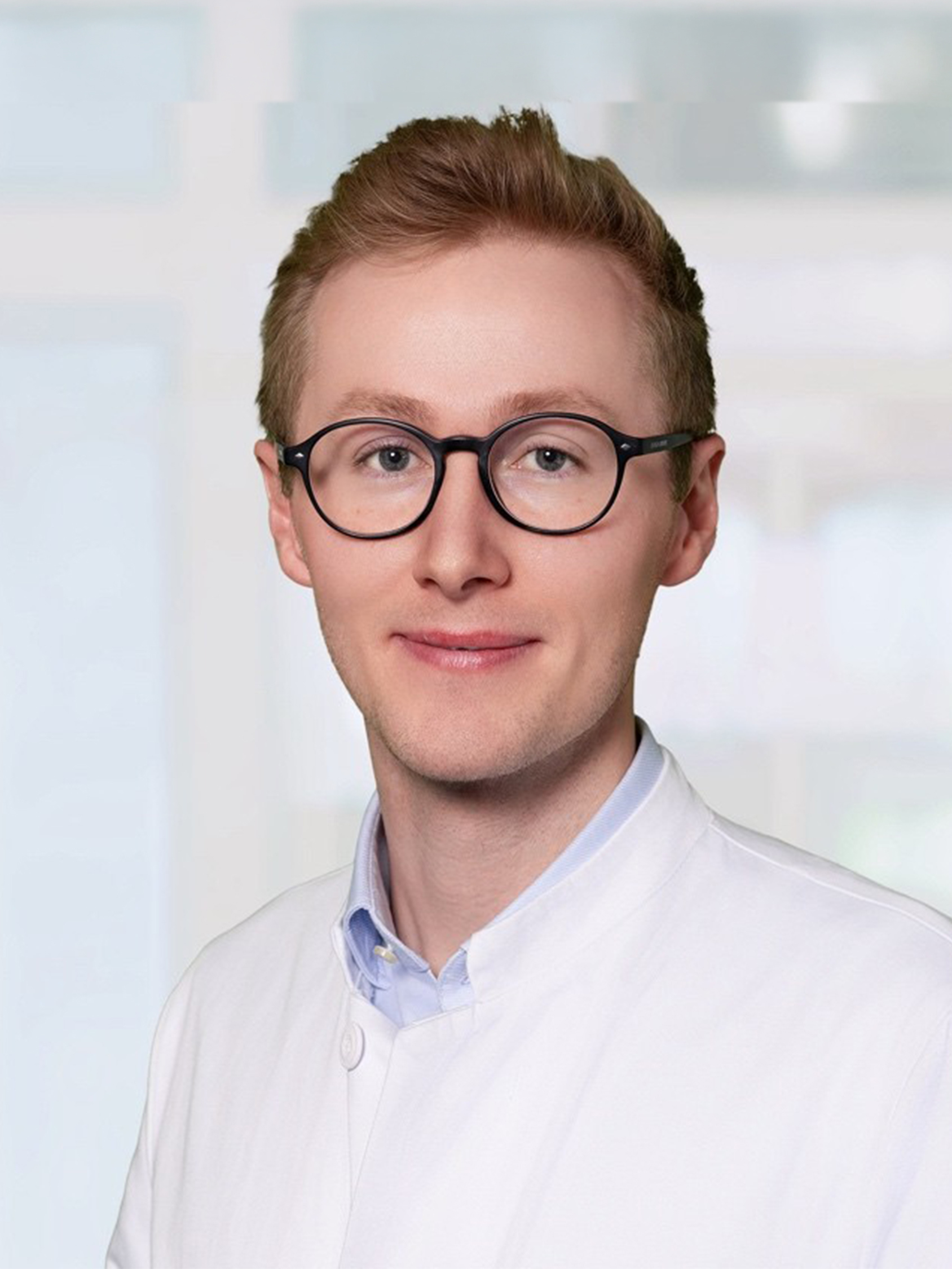Preparing for Successful Endoscopic Radial Artery Harvesting

Tate Perque lives and works in Shreveport, Louisiana, where he is employed at Christus Highland Hospital. He is a 2010 graduate of LSUHSC - Shreveport. His credentials include being a Certified Physician Assistant (PA-C) with a Certificate of Added Qualification and Cardiovascular and Thoracic Surgery (CAQ CVTS). With over 14 years of CV surgery experience, he estimates having successfully completed somewhere in the range of 3,000–4,000 EVH cases. Tate has always been immensely interested in the cardiovascular system, and says cardiac surgery is a specialty where he can positively impact patient care. His advice to beginning harvesters is to not become discouraged with a difficult case. Tate says that inevitably new harvesters will be met with challenging cases and should rely on their training to guide them in those instances.

Dr. Bauer is a 2020 graduate of the Medical School at Heinrich-Heine-University Duesseldorf, Germany. He currently practices at the West German Heart and Vascular Center, University Hospital Essen, where he is a Resident Cardiac Surgeon in the Department of Thoracic and Cardiovascular Surgery. Prior to that Dr. Bauer was a Resident Cardiac Surgeon in the Department of Cardiac Surgery at University Hospital RWTH Aachen and University Hospital Duesseldorf. Clinically, his major interests are the optimization of minimally invasive cardiac surgery in all aspects and heart failure therapies, including the full spectrum of mechanical circulatory support options. In terms of translational research, he has primarily focused on degenerative heart valve disease.
- Video Transcription
-
What type of training or resources were most helpful in preparing for your first Endoscopic Radial Artery Harvesting (ERAH) procedure?
Sebastian Bauer: “I believe that the most important aspect is that you have a strong background in EVH. That means you have a continuous background with 25 to 30 cases, which is enough I believe. It should be continuous, though not over the last 50 years. And then I think it's good to go through videos ahead of times with practical tips. It's also good to have a scrubbed in technical specialist. And then this probably helped me the most to be very confident and to be prepared for the first ERAH.”
Tate Perque:”I think the training and resources that were most helpful for me during my first endoscopic radial procedures were, you know, I was very familiar with forum anatomy, having done a lot of open harvest prior to adopting the endoscopic technique. But I think, you know, reviewing forearm anatomy obviously because forearm anatomy is different than the leg. But I'd say the most important thing and most helpful thing was the videos and PowerPoint slides that were made available to me by Terumo. I'd say those were the most helpful.”
What was your experience like during your first ERAH case?
Sebastian Bauer: ” For me it was like a mix of excitement and tension. I think this is OK. It shouldn't be too easy going and it shouldn't be. You shouldn't be too nervous. But in the end, it was honour and pressure at the same time because it did the first ERAH at my center back then. But as I said, also having a clinical specialist also scrubbed in is like a safety net. But most of the time you don't need it. But still if someone is there that can help you out when you struggle, it also gives you safety most of the time and this makes even more confident that all is going well. And this is how it was in the end for myself.”
Tate Perque: ”My experience with my first endoscopic radial case was a pretty nerve-wracking experience. You know, it was the first time that the procedure had been done at, at the hospital I'm working. It was the first time the surgeon I'd worked with had ever seen that procedure. So it was, it was pretty nerve wracking. That said, I put a quite good bit of pressure on it. Again, likely self-induced pressure. But you know, the Proctor that was provided by Terumo, Mr. Adolfi, was very helpful. He was there with me every step of the way. Ultimately, once I got the device in my hands and started the endoscopic portion of it, it was a big relief because I was so comfortable with the device in my hands having done or having been an experienced vein harvester. Once getting to that point with using the scope, it was very comfortable for me. I'd say, you know, after proving that sort of proof-of-concept procedure, it was successful for us, it was successful for the hospital. And as a result, we've widely adopted that within our practice, trying to use ERAH as the second conduit of choice when at all possible”
If you could give one piece of advice to new clinicians doing their first ERAH procedure, what would it be and why?
Sebastian Bauer:” I want to give two advices because I think they are very important. The first one is that you truly know the device and its settings. That means you don't have to ask anyone else in the are you yourself have to be able to, to adjust the settings of the EVH or ERAH device and you don't have to ask anyone else.
The second part is, and this is what I'm a fan of in general, in surgery is that you always have a bailout strategy in case something doesn't go as planned. And this means, for example, a conversion in the worst case. But this you need to be able to think of and have a Plan B. It doesn't happen a lot of times, but you need to have it in your mind just in case something happens.”
Tate Perque: “One piece of advice I would give to new harvesters who are using the device for endoscopic radial is, is to just use the same good techniques and habits that they've developed with vein harvest. Although there obviously are some nuances to the radial platform over the vein platform, ultimately, it's a very similar procedure. I think having those good habits and techniques will translate very well to the arm and allow you to provide a really quality conduit.”

